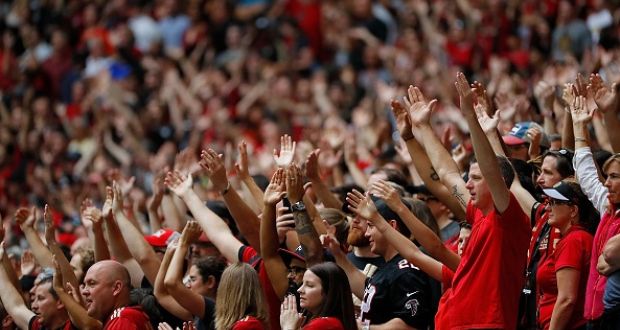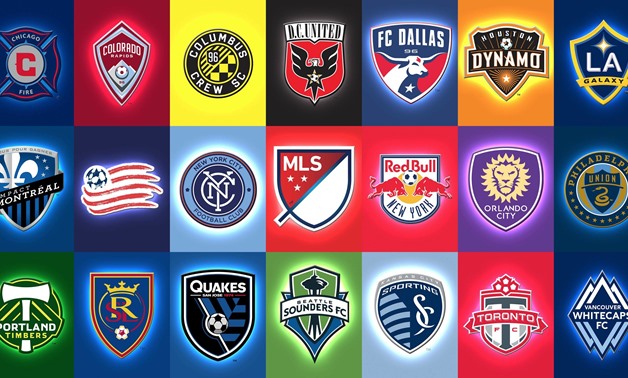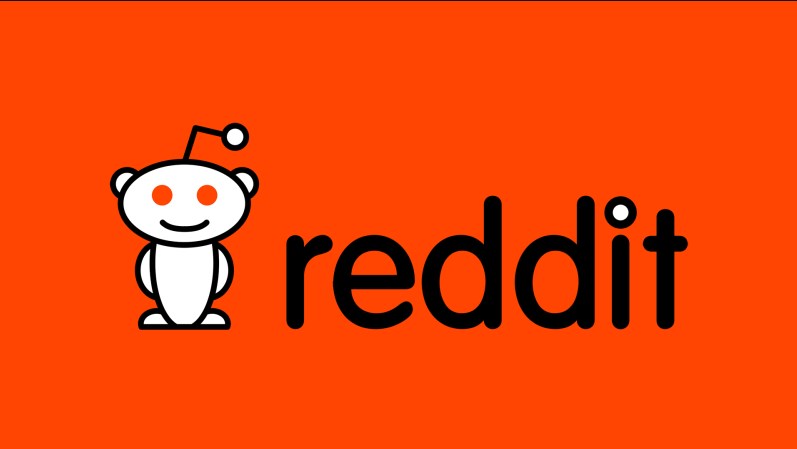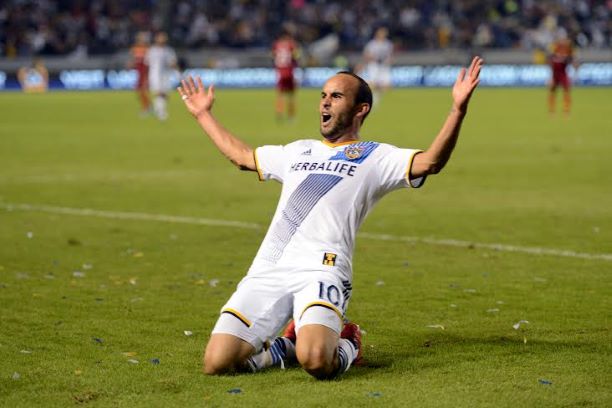New York City and the Rebirth of Supporter Culture: The Future
New York City and the Rebirth of Supporter Culture: The Future

New York City and the Rebirth of Supporter Culture: The Future
Over the last few days, we’ve covered a variety of topics related to supporter culture in New York City, from the roadblocks that early supporters had to overcome, to the figures who promoted growth, to the ways that support groups can impact life outside of the turnstiles, all the way to international connections developed via supporter clubs. Today we close with a short piece on the future of supporter clubs in the area. If you’ve enjoyed the series, be sure to give Jonathan Williamson some love.
NYC Arsenal Supporters Club is not alone in its powerful online presence. Social media is ubiquitous among New York City-based soccer supporters clubs. Almost all clubs have a Facebook and a Twitter account – or both. For fans of lesser-known teams, social media is not about mobilizing the masses, but finding the few.
Sheffield Wednesday Football Club plays in English soccer’s second professional tier, known as the Championship. While the club experienced a bright run in the early 90s, few Americans have heard of it.
When Patrick Jones, 31, came to the U.S. from England in October 2011, he did not think he’d find many fellow Sheffield Wednesday fans. In February 2012, he went to The Football Factory wearing his Sheffield Wednesday jersey, but not expecting much in the way of recognition.
“A lot of Americans don’t know who we are unless they’re really up on their football,” said Jones.
And while he didn’t meet any Sheffield Wednesday fans, Jones spoke to fans of other lesser-known English teams, like Watford and Blackburn Rovers, who formed supporters clubs. They encouraged Jones to start a club of his own. Keane provided additional support, vowing to televise any Sheffield Wednesday game he could. Jones, who works in digital marketing, went home and set up Facebook and Twitter accounts for a club that didn’t yet exist. According to Jones, the response was overwhelming, with each account amassing hundreds of followers in just the first few days. About a year later, the club has roughly 2,000 Twitter followers and more than 500 Facebook likes from Sheffield Wednesday fans around the world. Not long after its formation the club was featured in the Sheffield Wednesday’s official matchday program, a magazine produced for game days and handed out to fans attending the match. More importantly, Jones connected with around 30 fans in the New York-area, including five Americans. The club averages about a dozen people for each game at The Football Factory.
“I’m just really happy I found some friends to watch Wednesday with here,” said Jones.
While the advent of social media fostered the growth of supporters clubs in both number and size, it remains to be seen if the increasing availability of soccer on television will do the same. Gilt Edge Soccer Marketing – an Illinois-based consulting firm that works with companies marketing to soccer fans – released research March 1 showing more than 2,900 soccer games were broadcast on television in the U.S. in 2012. That’s an average of more than eight games a day. While it’s easier for people to turn on television and find soccer, Keane refutes the idea fans want to stay home and watch games. He said camaraderie trumps convenience.
“If you think about the tribalism of football support, the key is shoulder-to-shoulder with your mates watching,” Keane said.
Powers agrees. He believes soccer’s tribal nature has seeped deep enough into the American sports’ landscape to keep fans getting out of bed in the morning and gulping pints when most of the country is sipping coffee.
“If we’re doing our job as supporters and supporting, by us maintaining a community and maintaining atmosphere, why would anyone want to watch it anywhere else?” he said.
Jonathan Williamson is a recent graduate of Columbia’s School of Journalism, and you can follow him on Twitter at @JonoWilly. You can find the whole series here. Comments below please.








